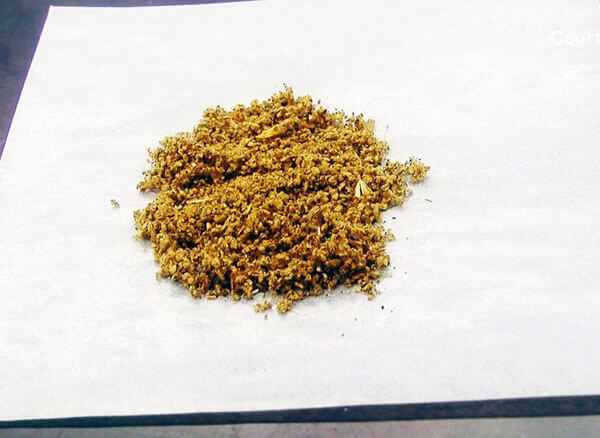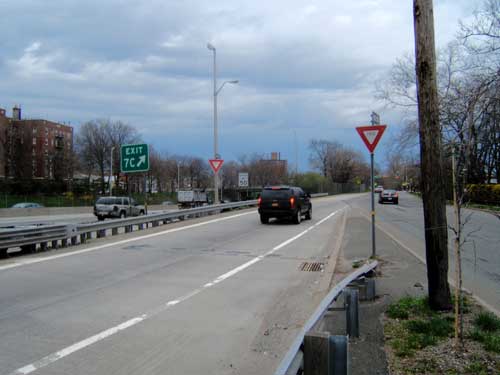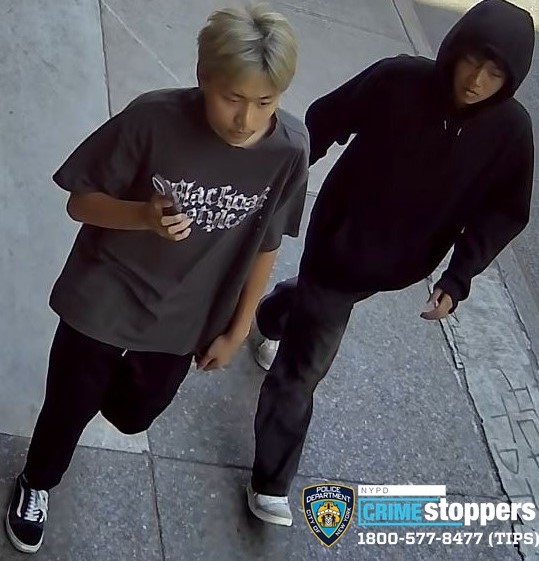The synthetic drug K-2 made headlines this summer as a wave of overdoses left users in a zombie-like state across the Bronx and other boroughs, but new legislation and increased police scrutiny has driven the drug underground, according to the federal Drug Enforcement Agency.
K-2, also known as Spice and synthetic marijuana, is a lab-made crystalline substance that affects the same parts of the brain targeted by cannibus, or marijuana.
The high it gives is 200 times more powerful than marijuana and is often associated with serious side effects, explained DEA detective Jim Arroyo.
Arroyo gave an update on this summer’s epidemic at a 50th Precinct Community Council meeting on Thursday, November 10.
A large batch of the drug, often imported from China, can sell for north of $10,000.
The substance is purchased online by dealers in the United States and sold as incense or potpourri under fun, innocuous names like Scooby Snacks, Bob Marley or Extreme Red in small doses for just a few dollars in 4, 6 or 10-gram pouches.
That cheap a street price makes the drug a popular marijuana alternative, but the health hazards associated with the drug are exponentially higher.
“There’s nothing scientific about it,” Arroyo said. “If you’re familiar with methamphetamine, it’s the same way you would cook up meth.”
In addition to putting users in a zombie-like state of obliviousness, users can suffer increased agitation, pale skin, seizures, vomiting, profuse sweating, uncontrolled or spastic body movements, elevated blood pressure, heart rate and palpitations.
The onset is almost instantaneous and the high can last up to eight hours.
The drug dissappeared from the street after last summer’s seizure of $10 million worth of the product, already packaged for sale, from a Poplar Avenue garage.
New city legislation, which aimed at curbing sales at small corner markets where it was most available, forced dealers to instead sell it on the street.
Emergency room visits associated with the drug has dropped precipitously.
But further hindering law enforcement’s fight against the drug are the constantly changing chemical compositions used by the Chinese chemists.
That constant state of flux prevents the DEA from keeping it on the list of scheduled chemical compounds that are illegal, making prosecution extremely difficult.
“As soon as they are making it we are catching up and getting it on the emergency schedule list,” Arroyo said.
There are no drug tests law enforcement can use in the field, requiring samples to be sent to labs.
Approximately 400 variants of the drug are already on the federal emergency schedule list of illegal substances.
The solid drug is dissovled to liquid form and mixed with ordinary dried leaves in a cement mixer to give it a marijuana-like texture, but has also recently been seen sold in a liquid form to be used in vape pens.
China has recently banned production of the substance, which Arroyo said has further curbed sales in the United States.
For more information on K-2 and help with addiction, go to the Partnership for Drug Free Kids website at www.drugf























